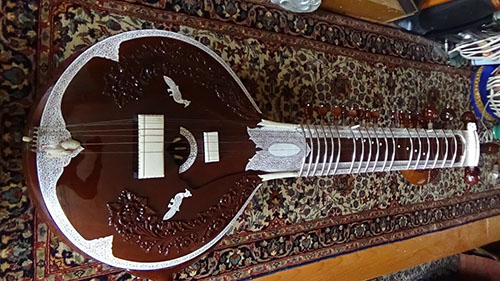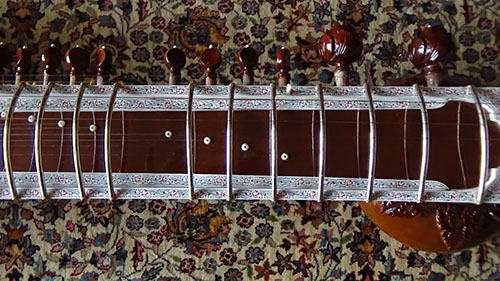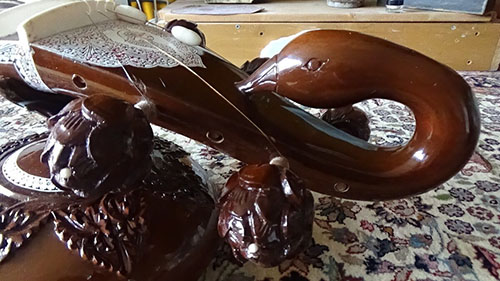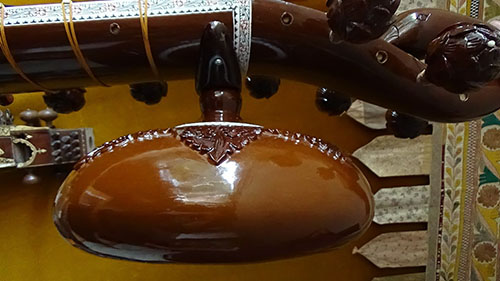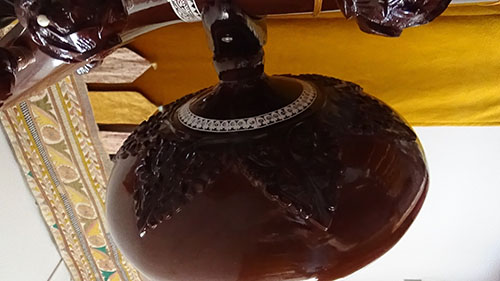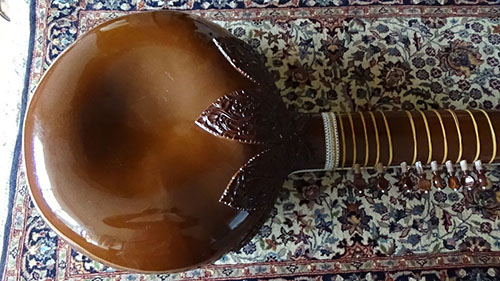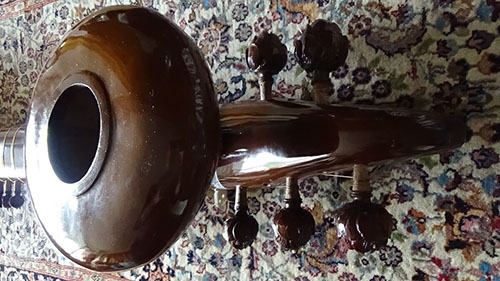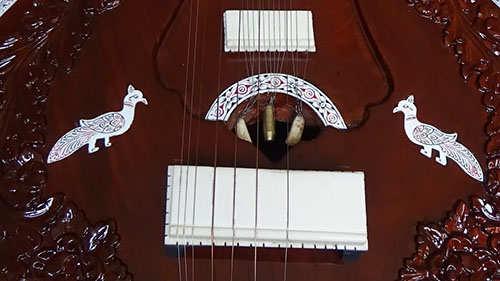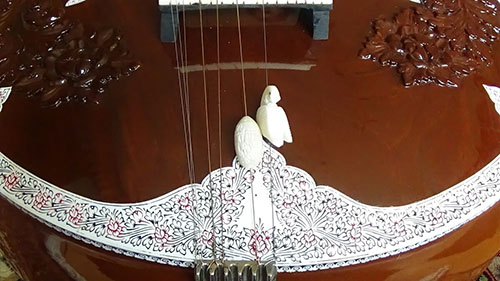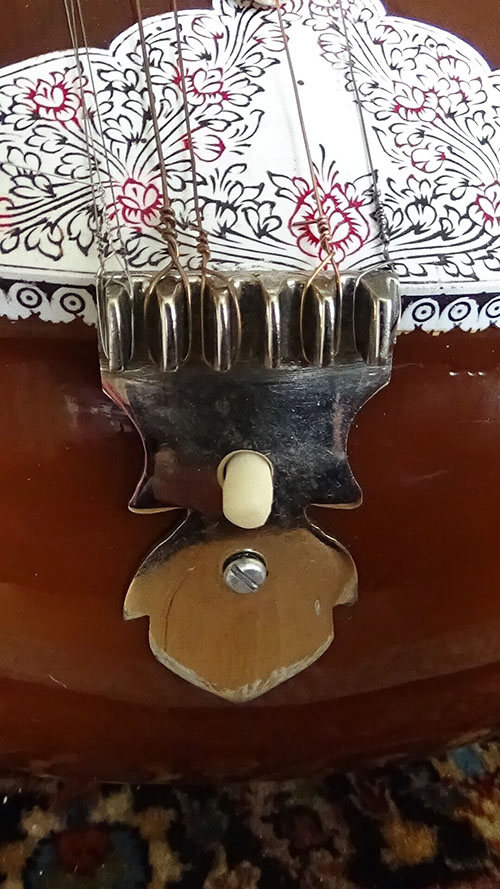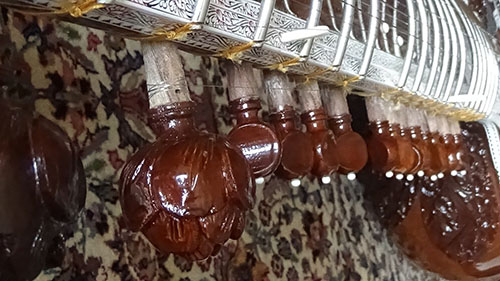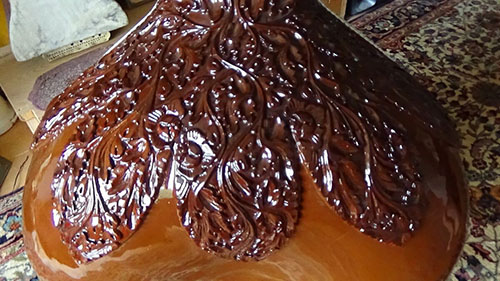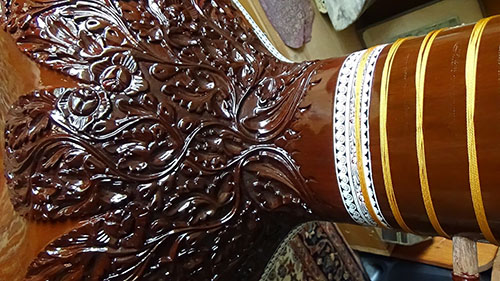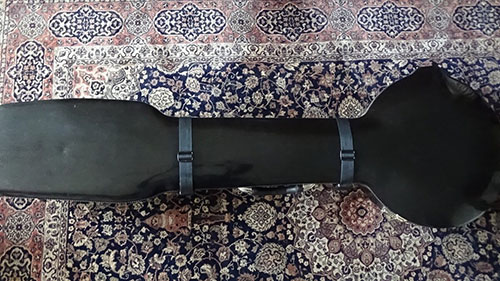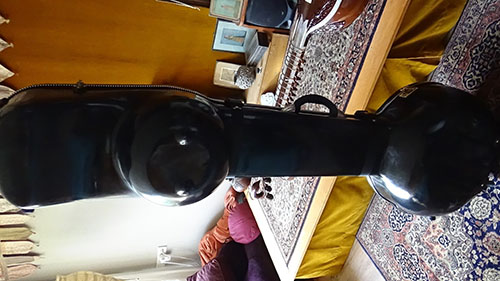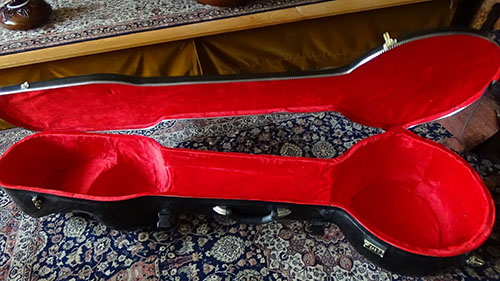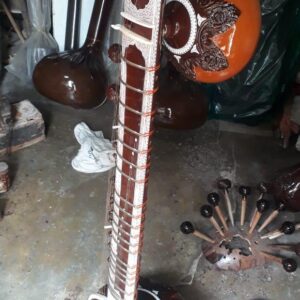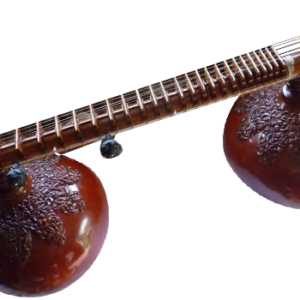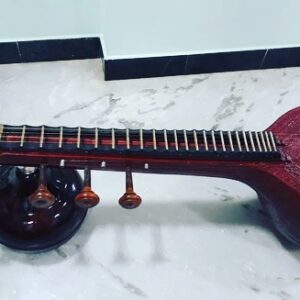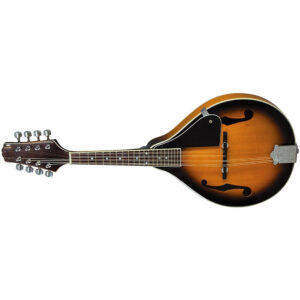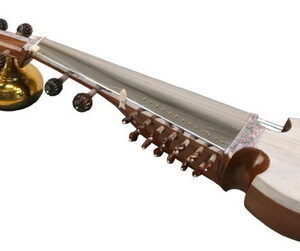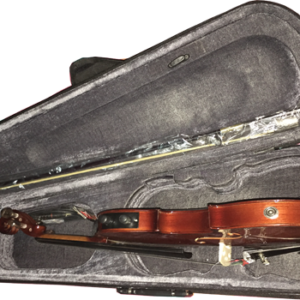Description
Surbahar
Special Features:
Both side engraving works of Tabli and Dandee, Rose leafs on the neck of the Surbahar, Rose pegs fully decorated.
Delivery Time: 20-25 Working Days after Successful Payment.
For More information SMS 3100 Name Email Country and Send to +919830066661
N.B: All prices are inclusive of Shipping (International Air Mode)/ Packing/ Tax/ Insurance. No hidden cost. Read our Terms & Conditions, Privacy Policy and Shipping Policy.
In The Box: Surbahar, Mizrub, Cloth Cover, Fibre Case
History (Wikipedia):
From where we get Surbahar- Small history below:
Our knowledge about the Surbahar is from Wikipedia. As per Wikipedia, we shared this small history to let our customers know about the Surbahar history. The surbahar uses a dried gourd as a resonator and features a neck with very wide frets. Which allow a glissando or “meend” of as much as an octave on the same fret through the method of pulling. Moreover, craftsmen make the neck out of toona or mahogany wood. In terms of strings, it includes 3-4 rhythm strings (chikari), four playing strings (the broadest 1 mm), and 10 to 11 sympathetic strings.
Musicians use the Surbahar (Hindi pronunciation: [s̪urbəhɑːr]; transl. Springtime of Notes), sometimes known as bass sitar, as a plucked string instrument in the Hindustani classical music of the Indian subcontinent. In fact, it closely relates to the sitar but has a lower pitch. Moreover, depending on the instrument’s size, they usually pitch it two to five whole steps below the standard sitar.
Furthermore, the design incorporates two bridges. Specifically, the playable strings pass over the greater bridge, which connects to the tabli with small legs that artisans glue in place. Meanwhile, the sympathetic strings pass over the smaller bridge. Through which craftsmen directly glue onto the tabli. Notably, the bridges feature a slightly curved upper surface parallel to the string that the strings touch when vibrating, which ultimately results in a buzzing sound known as jawari, thus providing a foundational history of the Surbahar.

